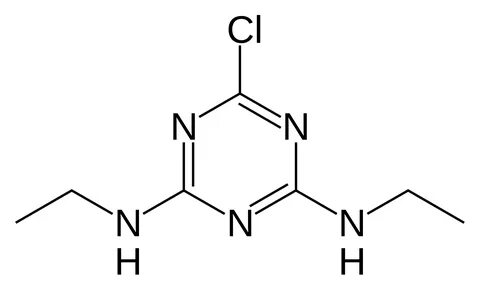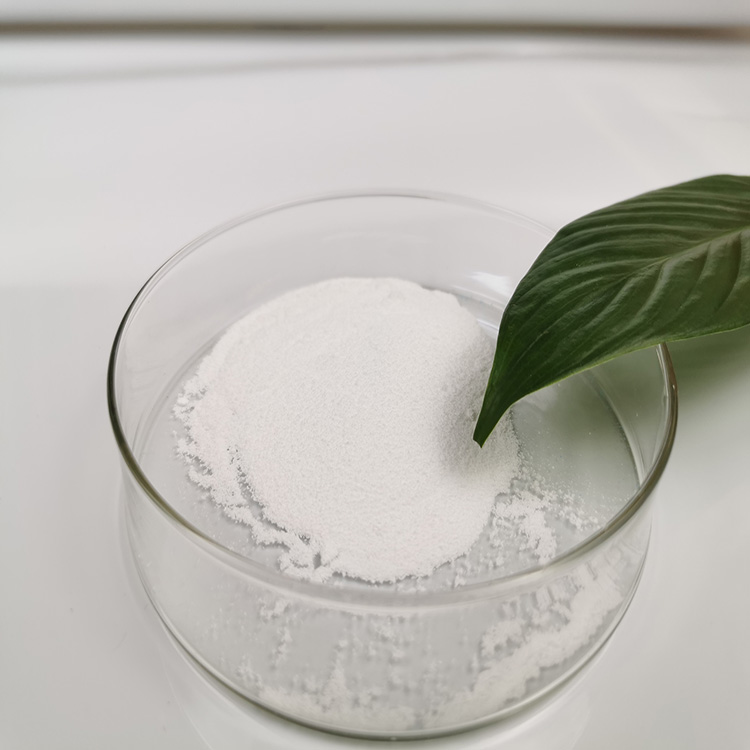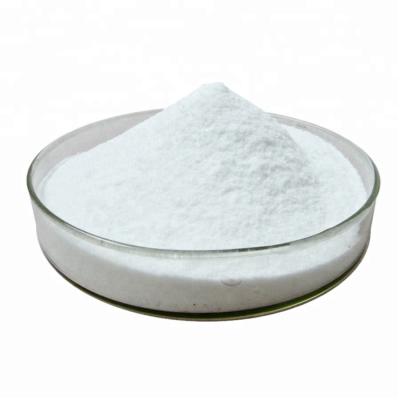Simazine Triazines Herbicide
Common name: Simazine
Chemical name:
6-chloro-N,N’-diethyl-1,3,5-triazine-2,4-diamine; 6-chloro-N2,N4-diethyl-1,3,5-triazine-2,4-diamine; 2,4-Bis(ethylamino)-6-chloro-1,3,5-triazine
Molecular formula: C7H12ClN5
Used in corn, sugarcane, sorghum, tea trees, rubber, orchards, and nurseries to control annual or over-year-old broad-leaved weeds and most monocotyledonous weeds propagated by seeds
Common name: Simazine
Chemical name:
6-chloro-N,N’-diethyl-1,3,5-triazine-2,4-diamine; 6-chloro-N2,N4-diethyl-1,3,5-triazine-2,4-diamine; 2,4-Bis(ethylamino)-6-chloro-1,3,5-triazine
Molecular formula: C7H12ClN5
Structural formula:

Molecular weight: 201.66
CAS No. : 122-34-9
Physical and chemical properties:
The pure product is white crystals. m.p.226~227℃, vapor pressure 8.13×10-7Pa(20℃). The solubility in methanol is 400mg/L, the solubility in water is 5mg/L, the solubility of in petroleum ether is 2mg/L, and it is slightly soluble in chloroform. The chemical properties are stable, but it is easily hydrolyzed under strong acid and alkali conditions and at higher temperatures to form inactive hydroxyl derivatives. Non-corrosive. The original drug m.p.224℃.
Usage:
It is easily adsorbed on the surface by the soil, forming a noxious soil layer, and the roots of shallow-rooted weed seedlings will be killed when they absorb the medicament. It has a poor effect on perennial or deep-rooted weeds with deep roots. Used in corn, sugarcane, sorghum, tea trees, rubber, orchards, and nurseries to control annual or over-year-old broad-leaved weeds and most monocotyledonous weeds propagated by seeds; it has obvious effects on perennial weeds propagated by rhizomes or root buds Inhibition; appropriately increasing the dosage can also be used as a biocidal herbicide for forest fire escapes, railway roadbeds, courtyards, warehouse storage areas, oil tank areas, and wood storage yards.
Submitted successfully
We will contact you as soon as possible




